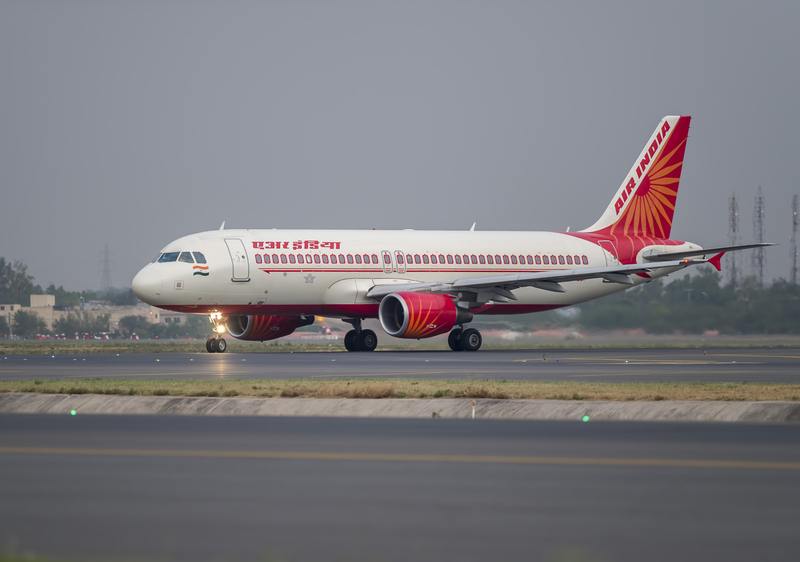New Delhi Population 2024
New Delhi ‘s 2024 population is now estimated at 209,544. In 1991 , the population of New Delhi was 301,297. New Delhi has grown by -1.58% annually. These population estimates and projections come from the latest revision of the UN World Urbanization Prospects. These estimates represent the Urban agglomeration of New Delhi , which typically includes New Delhi ‘s population in addition to adjacent suburban areas.
New Delhi is the capital city of India. It is a part of the city of Delhi’s 11 districts. The city itself has a population of 257,803. However, the much larger metro area has a population that exceeds 26 million.
Содержание
New Delhi Demographics
The official language of New Delhi and the one that is most widely spoken is Hindi. However, English is also spoken as a formal language within businesses and government agencies.
The religion most commonly followed in the area is Hinduism, with 89.8% of the residents following this religion. The city also has residents that are Muslim, Christian, Sikj, Jain, and Jewish.
The city has the highest literacy rate – over 89% — throughout Delhi. It is also the largest commercial city in northern India.
New Delhi History
In its earliest years, Delhi was always a political and financial center of India. Calcutta was the original capital before it was decided that Delhi would become the new capital of the British Indian Empire. The foundation stone of New Delhi was laid in 1911 following this announcement. Over the next few years, costs to acquire new property were too high, so some changes to the location of the project were made.
The city began to develop with the construction of new buildings, a railway line, a shopping district and new plaza, as well as government offices.
India gained its independence in 1947, giving a limited autonomy to New Delhi. In the 1950s, Delhi was then converted into union territory, with the government’s chief commissioner now being replaced with a lieutenant government. It was also during the 1950s that New Delhi saw major expansion, including the construction of embassies, residences for ambassadors, and chanceries.
In recent years, New Delhi continues to serve as the capital city and it is also one of the largest commercial cities in the country. It is home to one of the largest financial centers, and it has many key service industries including information technology, hotels, tourism, and banking.
The city has also been under fire in recent years for being one of the most polluted in the world. In 2016, a public health emergency was declared due to a high level of pollution. Several initiatives have been launched to curb the pollution, including banning vehicles over 10 years old and using taxis that use compressed natural gas.
Today, the city has been selected under the Smart Cities Mission to be developed as a smart city.
New Delhi Population Growth
Because of the city’s important role in government and commercial business, it is only expected to continue to grow. Though the city has been plagued with some problems in the past – most notably air pollution – its role as one of India’s 100 smart cities puts it on the trajectory to improving the lives of its residents both now and in the future.
Читайте далее:




